In today's fast-paced world, where we're constantly on the move and seeking adventure in every corner, the need for reliable power sources has never been greater. Whether you're out camping in the wilderness, embarking on a road trip, or simply facing an unexpected power outage at home, portable power stations emerge as versatile solutions offering various benefits. Let's delve into the world of portable power and discover why these compact devices are becoming indispensable companions for modern-day adventurers and homeowners.
-
Capacity and Power Output
The first thing you'll want to consider is the capacity and power output of the portable power station. The Capacity is the amount of energy the station can store, typically measured in watt-hours (Wh) or amp-hours (Ah). On the other hand, power output is the amount of power the station can deliver at any given time, usually measured in watts (W).
To determine the right capacity for your needs, consider the devices you'll be charging or powering and their energy requirements. Choose a power station with sufficient capacity to meet those requirements. For example, charging a smartphone requires much less power than running a mini-fridge. Make sure to also account for any surge power requirements of your devices.
In addition, an increasing number of portable power stations integrate wireless charging output as technology advances. The LANPWR D5-2500 Portable Power Station has this feature. The feature allows you to conveniently charge devices like the latest iPhone models, smartwatches, and other devices compatible with wireless charging technology.
-
Output Ports
Check the types and number of output ports available on the power station. Common ports include AC outlets, DC ports, USB ports, and sometimes even specialized ports like USB-C or DC cigarette lighter ports. Ensure the power station has the right ports to charge or power your devices.

-
Battery Type
Another critical factor to consider is the battery type and technology of the Power station. The choice of battery for a portable power station significantly impacts its dimensions, weight, price, charging rate, and operation duration before shutdown. The most common types are lithium-ion (Li-Ion), lithium-polymer (Li-Po), and lead-acid batteries. Lead-acid batteries are more affordable but tend to be bulkier and heavier.
Lithium-ion batteries are lightweight, compact, and offer high energy density, making them ideal for portable applications. However, not all lithium-ion batteries are created equal. Pay attention to the battery chemistry and lifespan. All Lanpwr Portable Power stations and batteries have Lithium Iron Phosphate (LiFePO4) batteries. LiFePO4 batteries offer longer cycle life and improved safety compared to other types of batteries. Lanpwr batteries charge faster compared to traditional SLA batteries and deliver prolonged power supply, with nearly 10 times the cycle life.
-
Recharge Options
It is also essential to consider the recharge options available to ensure that you never run out of power. Lanpwr units can be charged via solar panels, car adapters, or traditional wall outlets, providing flexibility depending on your location and access to power sources.
-
Safety Features
When dealing with electrical devices, safety should always be a top priority. Look for portable power stations equipped with built-in protection mechanisms to safeguard against overcharging, over-discharging, short circuits, and overheating. Additionally, consider features like battery management systems (BMS) that actively monitor and manage battery performance to prevent potential hazards.
-
Portability and Weight
One of the primary advantages of a portable power station is its ability to carry it with you wherever you go. Therefore, consider the size and weight of the unit, especially if you plan on carrying it for extended periods. Look for a power station that strikes the right balance between capacity and portability. Opt for a lightweight and compact design without compromising on power capacity. The LANPWR 12V 300Ah LiFePO4 Battery and the LANPWR 12V 200Ah Plus LiFePO4 Battery are 30-40% lighter than their lead-acid counterparts.
Consider additional features like handles or wheels that make transportation easier. Lanpwr batteries have convenient handles on both sides to facilitate easy movement without needing a trolley. The LANPWR D5-2500 has wheels that facilitate easy movement when you need to move the unit, making it more convenient to transport.
-
Additional Features and Accessories
Beyond basic power capabilities, some portable power stations offer additional features and accessories that enhance usability and convenience. These may include integrated LED lights for illumination during outdoor activities, built-in inverters for converting DC power to AC power, and digital displays for monitoring battery status and power usage in real time. The Lanpwr Portable power stations have a display that helps you monitor the battery status. It shows the level of power in percentage. Another exciting feature is the mobile app
Another great feature of the portable power station is its mobile app. With it, you can:
- Monitor all your devices from one place.
- Control settings like battery life and input/output.
- Get alerts for low battery.
- Check charge level, temperature, and charge/discharge times.
- Keep an eye on all the ports on your power station.
Conclusion
In conclusion, selecting the right portable power station involves considering various factors such as power capacity, portability, battery type, safety features, and additional functionalities. By assessing your needs and carefully weighing these factors, you can empower your adventures with a reliable and versatile power source that keeps you connected wherever you go. So, whether you're embarking on a camping trip, organizing a backyard party, or preparing for emergencies, investing in the right portable power station ensures that you'll never be left in the dark.

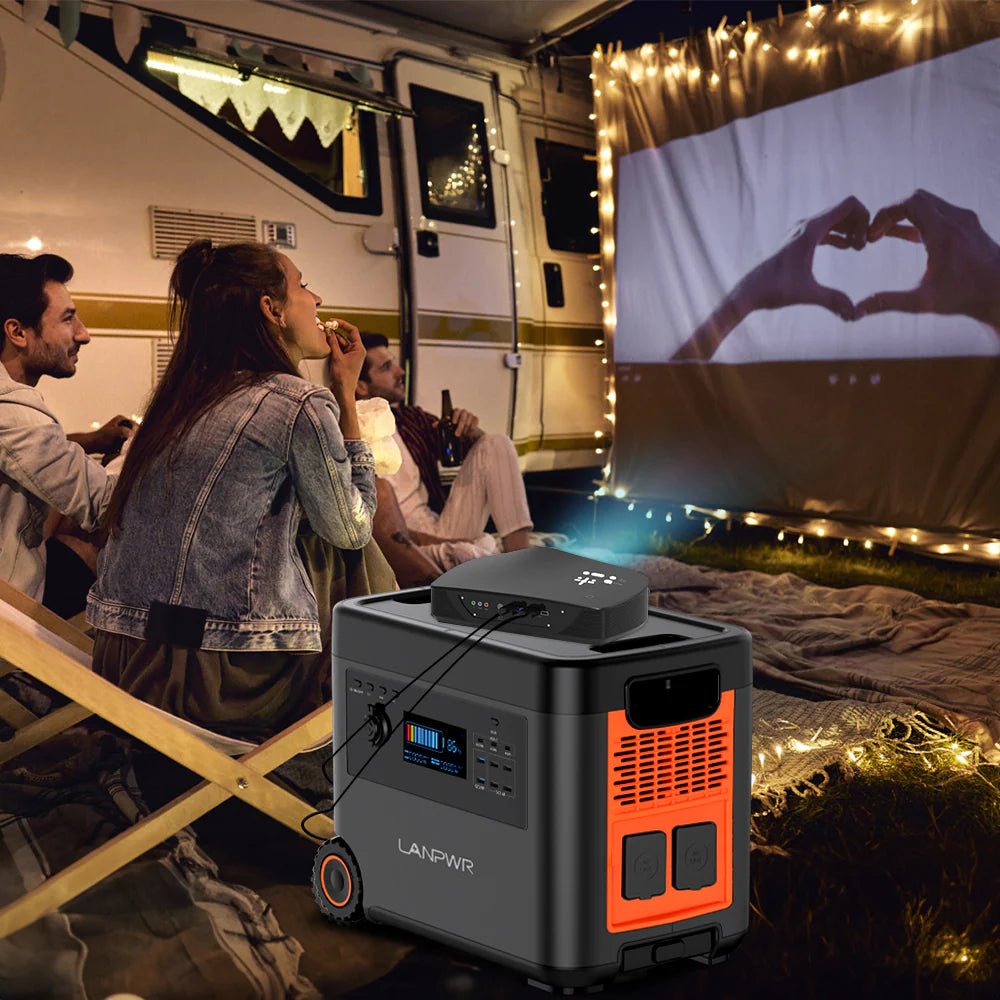
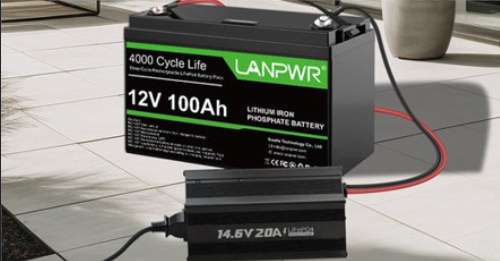
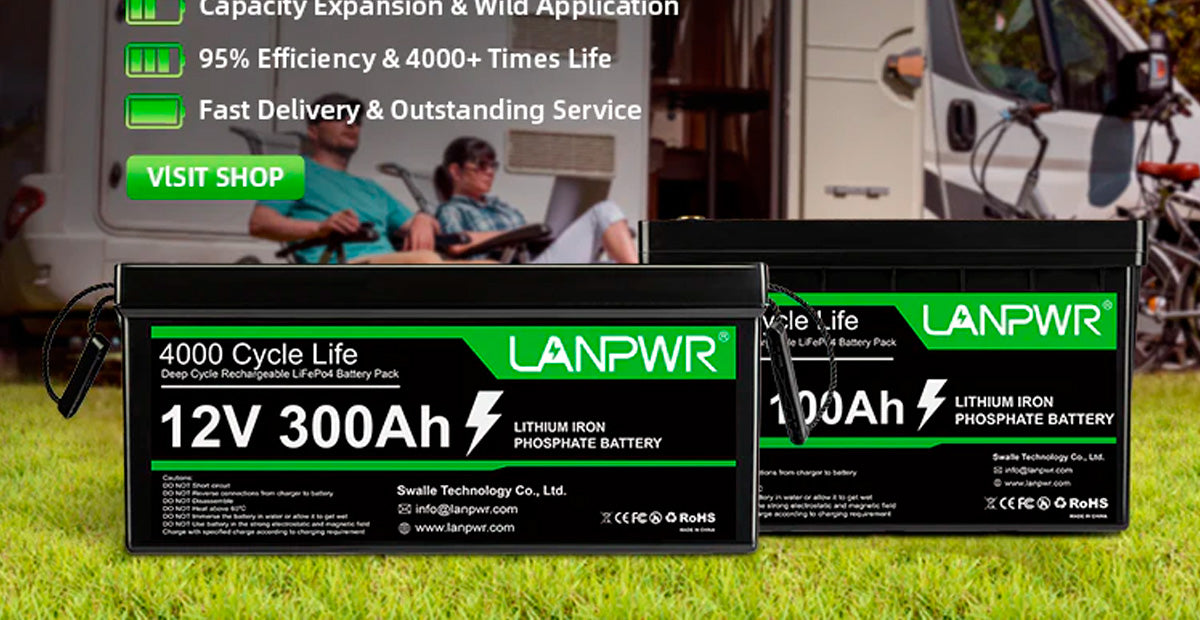






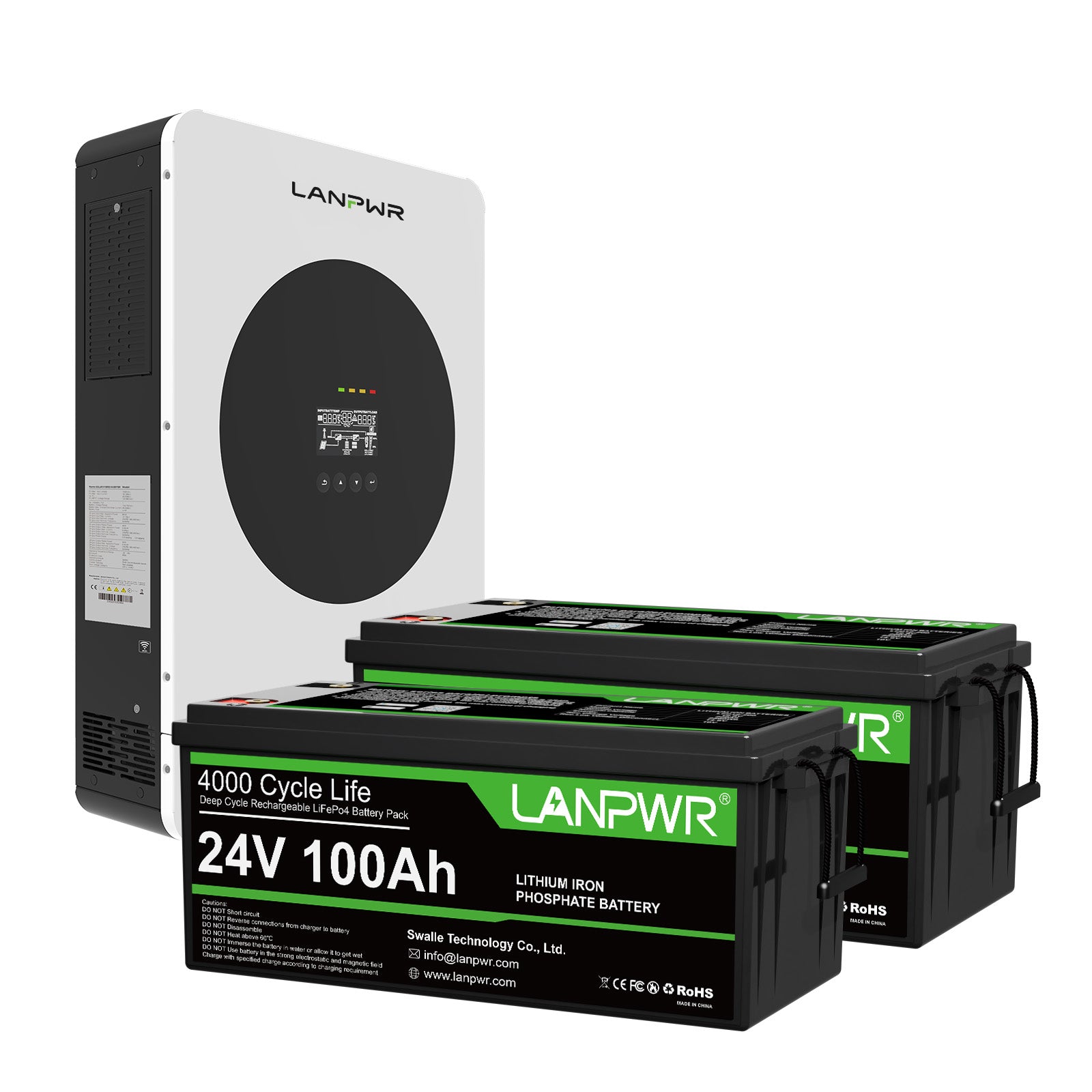

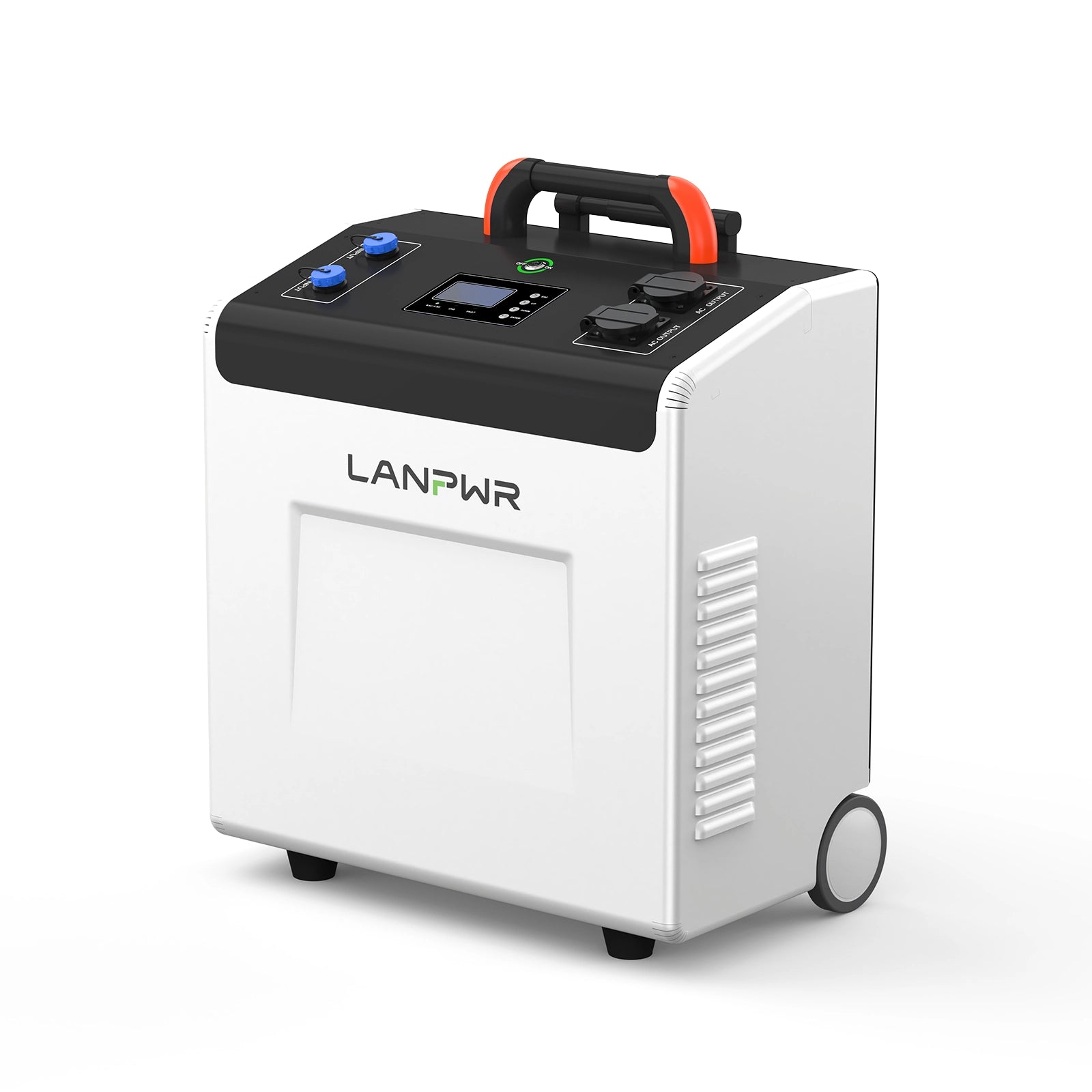

Leave a comment
This site is protected by hCaptcha and the hCaptcha Privacy Policy and Terms of Service apply.